mab1376
1000+ Head-Fier
Quote:
Great info, I'll keep that in mind. unfortunately $250 for a set of power tubes is outta my reach.
I would be willing to spend about $100, but like you said, I would want know I'm not missing out on something greater by buying a post-'82-'83 tube.
Mordy, OK so you had tested the "final" O-getter version of the TS 6AV6 and found them underwhelming. Interestingly, the only "triode" I've tested that convinced me that it was worth it to continue investigating is a 6AV6, which sounds dramatically different from the "pure triode" I tested, hence my question about the Tung-Sol tubes.
Acapella, that's pretty fascinating to have such a huge and obvious customs label stuck on a tube lol
mab1376, for -DR tubes, as I've mentioned to a few people here in private, reports are that "something" changed in the factory in 1984, independently from political factors -a metal alloy metal machine was sold for scrap apparently- which slightly changed the production of tubes. So, tubes from 1979 to 1983 would be my recommendation, just to make sure you get the best bang for your buck. This being said, most of reviews of 6N30P-DR tubes on the web are of post-1984 tubes, mainly 1986 and 1988 -for some obscure reason- and people still seem to be quite ecstatic about them, and I'm pretty sure they tell the truth (unlike 90s -DRs which are a scam apart from hypothetical '90 to '92 production). I would still aim for the earlier ones, if only for the reselling value and potential better audio quality just in case. If you want to "invest" you could get a quad of tubes, as it is harder to fake.
Great info, I'll keep that in mind. unfortunately $250 for a set of power tubes is outta my reach.
I would be willing to spend about $100, but like you said, I would want know I'm not missing out on something greater by buying a post-'82-'83 tube.





















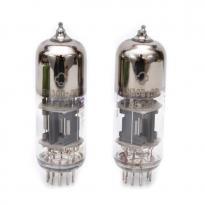
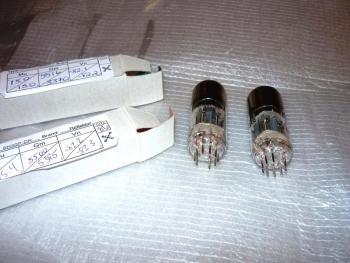
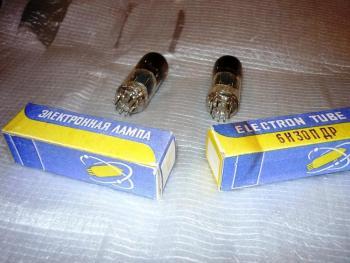
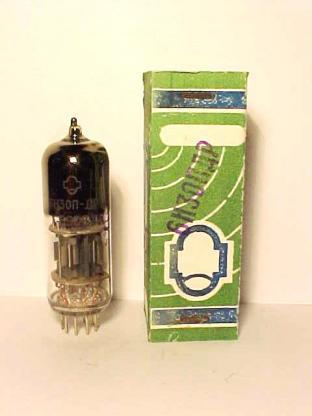
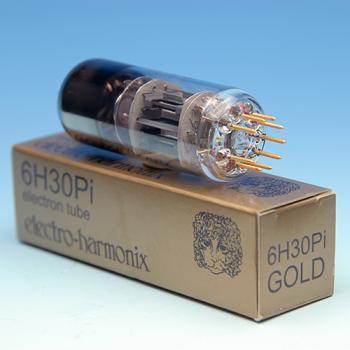
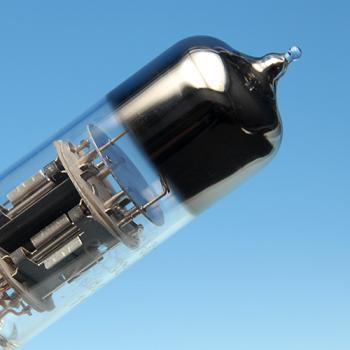
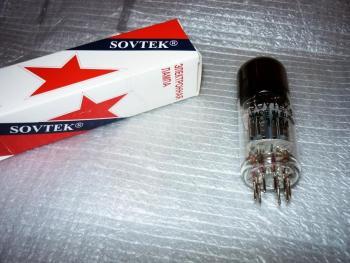
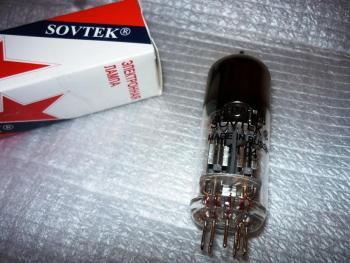
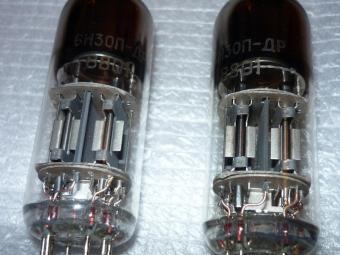
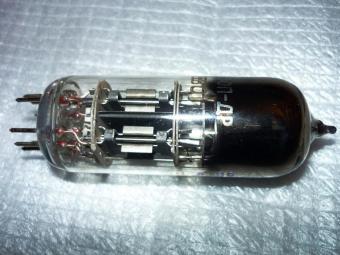
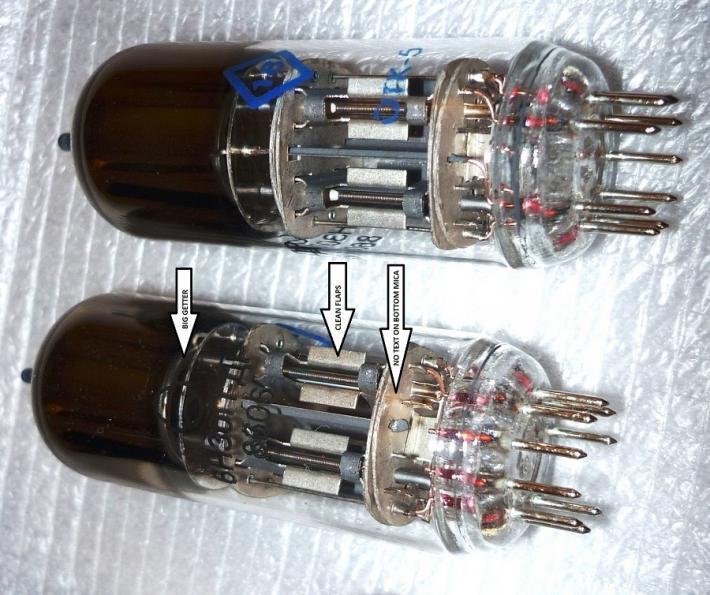
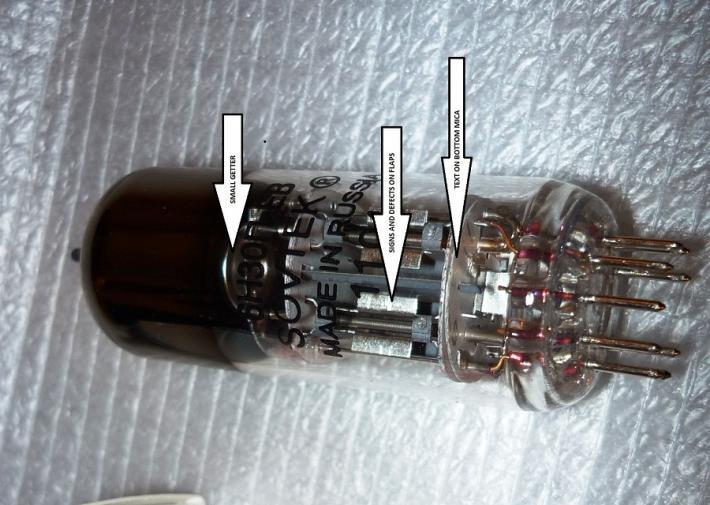



![size]](http://files.head-fi.org/images/smilies/confused_face_2.gif[size=13px][/size])




